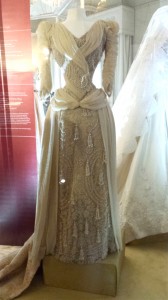Today we started off the lecture talking about Elliot’s trip to the hairdresser…a seemingly mundane, personal hygiene and appearance maintenance task, but no! He managed to very relevantly bring it back to the issue of how can you trust the validity of the internet? The answer simply is, that most of the time you can’t. Unless you know how to navigate through the copious amounts of pages and posts to find which ones have academic or a reputable authority, a number of links to other sources and, how many people have actually referred to this issue. That is, like what Jason mentioned, until you see how many people have written or posted about it and on what platform. For me, this issue was very relevant as only this morning had I seen the articles on Robin William’s death, and just like Jason, I too initially regarded it as a hoax. Too retrieve the truth on the matter however, I waited for about half an hour before making a post to two of my personal social media sites – Facebook and this blog. And in that time, I searched 3-4 websites and skimmed through my Instagram page and Facebook newsfeed to validate his death.
Before finishing this week’s discussion, we touched on the differences between print and network literacy, and in the eyes of some, our current inability to comprehend the technicalities that are imbedded within network literacy despite our generational reputation. We compared and contrasted the understandings that people hold of print literacy yet does not exist within the form of network literacy. Do we need to understand how toner in a printer works to fully understand print literacy? Is this the same as understanding how a website is developed in order to become network literate?








